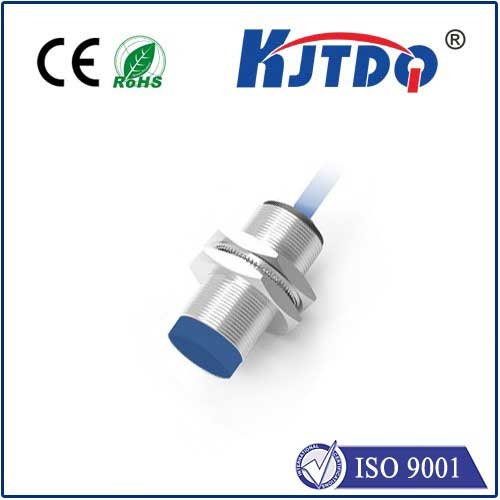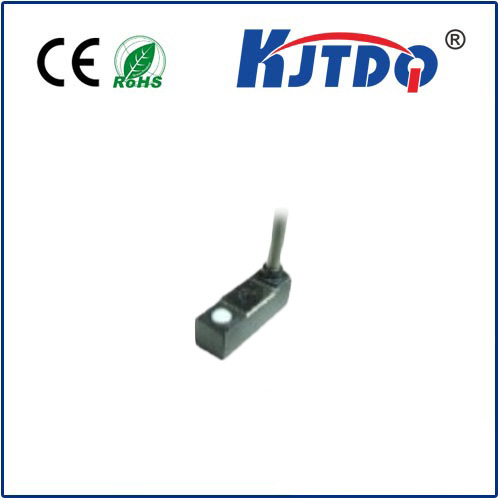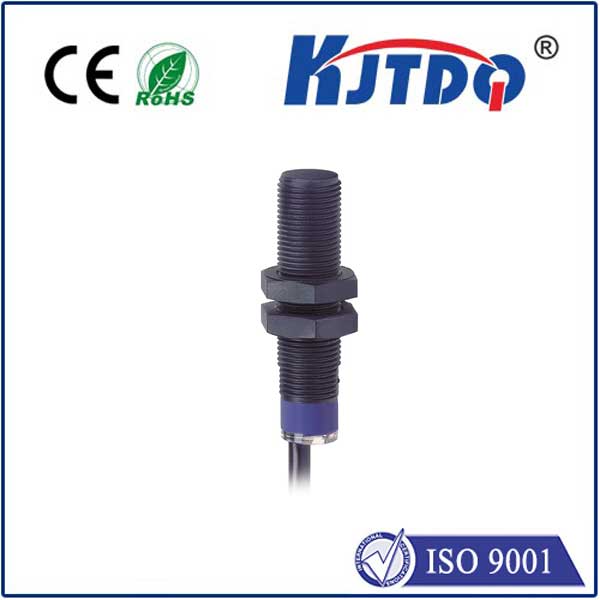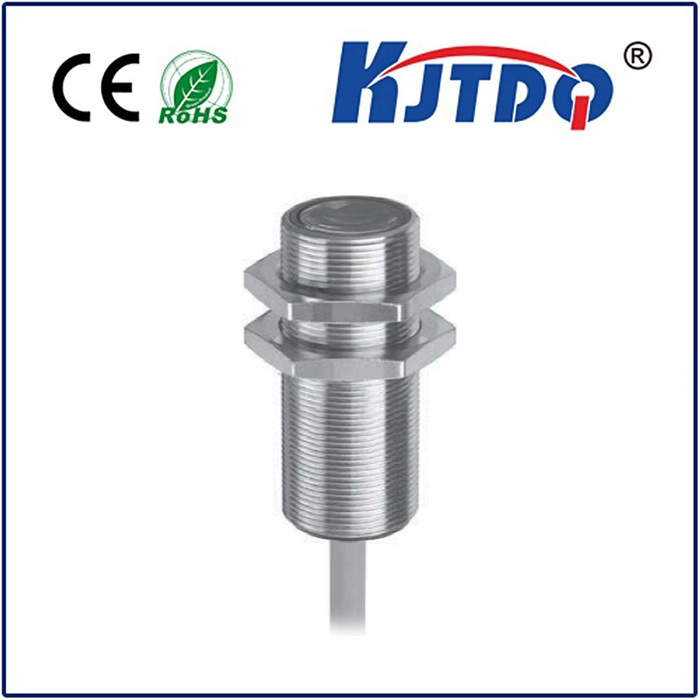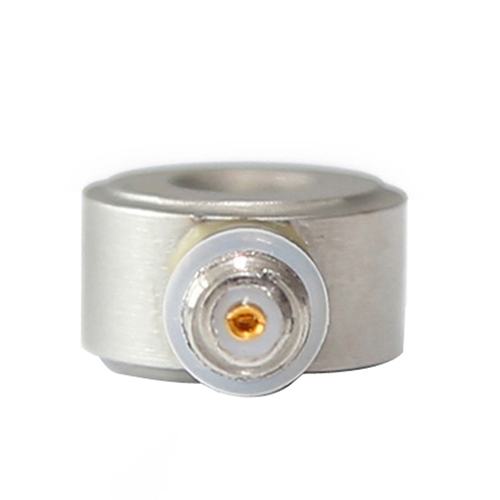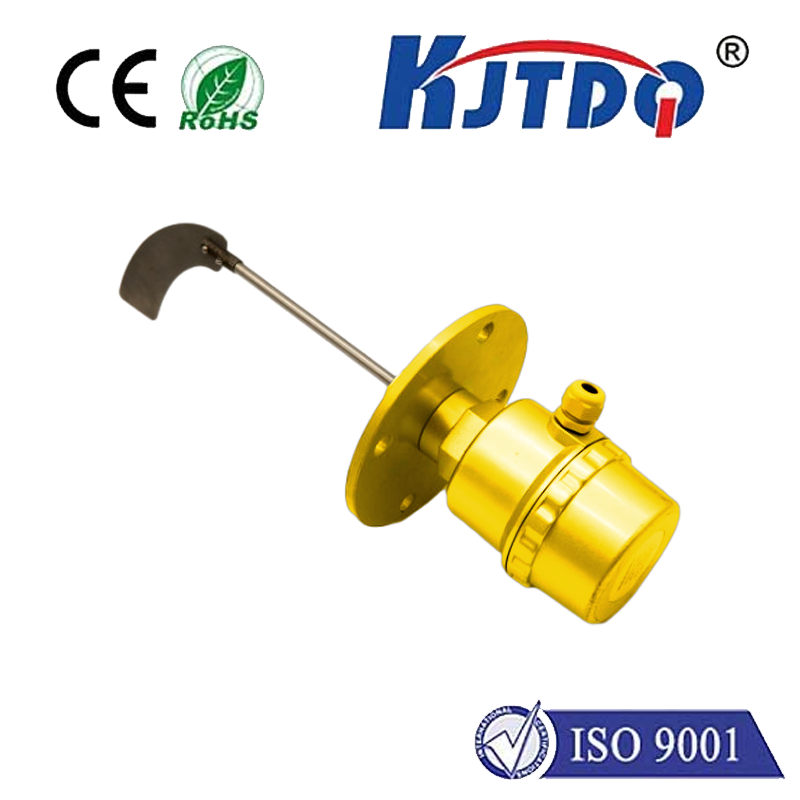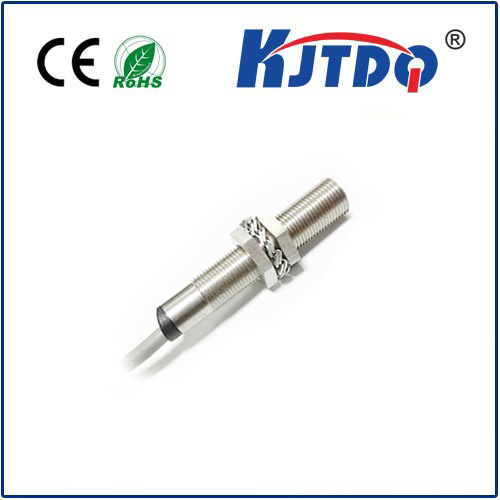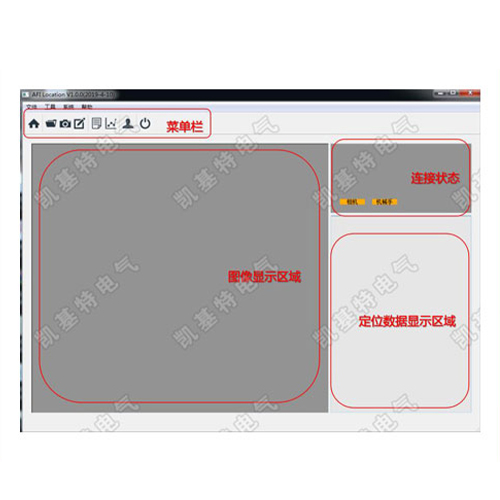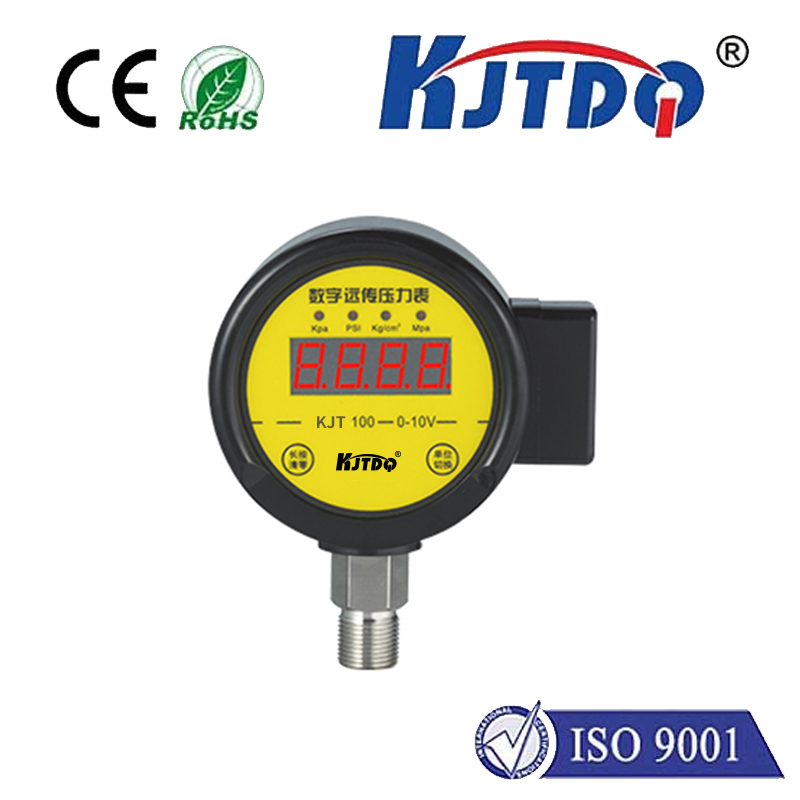mechanical proximity switch
- time:2025-06-13 04:07:04
- Click:0
The Essential Role of Mechanical Proximity Switches in Industrial Automation
Imagine an assembly line where metal arms swing rhythmically, presses stamp with immense force, or robotic welders move with precision. Ensuring these machines operate safely and efficiently, stopping exactly where needed, often hinges on a small, robust, and incredibly reliable component: the mechanical proximity switch. Often called a limit switch or position switch, this fundamental device remains a cornerstone of industrial control, quietly performing critical detection tasks where simplicity and durability are paramount. While electronic sensors dominate discussions on proximity sensing, the mechanical proximity switch offers distinct advantages in demanding environments, proving that sometimes, the tried-and-true mechanical solution is still the best choice.
Understanding the Mechanical Proximity Switch: A Physical Trigger
Unlike their inductive or capacitive counterparts that detect objects without contact using electromagnetic fields, a mechanical proximity switch relies on physical contact. Its core function is straightforward: it detects the presence or absence of an object by being physically actuated. The core mechanism involves:
- Actuator: A lever, roller, plunger, or wobbler stick that makes physical contact with the target object.
- Snap-Action Switch: Internally, movement of the actuator triggers a snap-action mechanism. This mechanism ensures a rapid, positive break or make of electrical contacts within the switch housing, minimizing arcing and ensuring reliable signal change.
- Electrical Contacts: These contacts (normally open - NO, normally closed - NC, or changeover - CO) open or close an electrical circuit based on the actuator’s position. This change in the circuit state is the signal sent to the control system (like a PLC - Programmable Logic Controller).
Essentially, the mechanical proximity switch translates physical motion into an electrical signal. When the target object presses, pushes, or moves the actuator beyond a specific point (its operating point), the internal switch mechanism trips, changing the output state. This signal tells a machine controller: “An object is here” or “An object has reached this specific position.”

Where Mechanical Proximity Switches Excel: Key Applications
The inherent robustness and direct sensing method make mechanical proximity switches indispensable in numerous industrial scenarios:
- Position Verification & End-of-Travel Detection: Confirming that a cylinder has fully extended or retracted, a door is closed, a lift has reached its top or bottom limit, or a slide has moved to its end position. Their reliability makes them vital for safety interlocks.
- Part Presence/Absence Checking: Verifying if a part is correctly placed on a fixture, present on a conveyor, or loaded into a machine. The physical contact ensures positive detection, even of non-metallic objects.
- Counting Applications: Registering the passage of objects by a fixed point on a conveyor line (each object trips the actuator).
- Sequencing Control: Initiating the next step in a machine cycle once a part or component has physically reached a predetermined location.
- Harsh Environments: This is where they often outperform electronic sensors. Their simple construction provides excellent resistance to:
- Electrical noise (EMI/RFI) prevalent near welders, large motors, or VFDs.
- Extreme temperatures (both high and low).
- Dust, dirt, oil, coolants, and splashing water, especially with appropriate IP (Ingress Protection) ratings like IP65 or IP67.
- Physical impact or vibration.
Advantages: Why Choose Mechanical?
Choosing a mechanical proximity switch isn’t just about tradition; it’s a deliberate engineering decision based on clear benefits:
- Robustness & Durability: Simple mechanics often translate to greater resilience against shock, vibration, and rough handling compared to delicate electronic components.
- Immunity to Environmental Factors: As mentioned, their performance is largely unaffected by factors that cripple many non-contact sensors, such as dust, moisture, target material composition, or electrical interference.
- Visual Confirmation: Many designs allow for a visible change in the actuator position, providing a quick visual cue that the switch has been triggered – invaluable for troubleshooting.
- Cost-Effectiveness: For straightforward position detection and presence verification tasks, mechanical proximity switches often offer a very attractive price-to-performance ratio compared to more complex electronic sensors.
- High Current Handling: Many models can directly switch higher currents (e.g., pilot lights, solenoids, small motors) without needing an interposing relay, simplifying circuit design.
- Simplicity: Easy to understand, install, wire, and troubleshoot. No complex parameter settings or tuning required.
Considerations and Selection Criteria
While powerful, they aren’t universal replacements for all proximity sensors. Key selection factors include:
- Actuator Type: Match the actuator (lever type, roller lever, plunger, wobbler stick) to the direction and nature of the object’s movement.
- Stroke Force & Operating Point: Ensure the target object provides sufficient force to reliably trip the switch at the desired point.
- Contact Configuration: Select NO, NC, or CO contacts based on the control logic requirements (fail-safe considerations included).
- Electrical Ratings: Voltage (AC/DC) and current ratings (both switching current and carrying current) must meet the load requirements.
- Environmental Rating: Choose the appropriate IP rating for the installation environment (dust, water exposure).
- Mechanical Life Expectancy: The number of operating cycles the switch is rated for, crucial for high-duty cycle applications.
- Mounting: How the switch will be physically secured (body style, mounting holes, brackets).
- Repeat Accuracy: The precision with which the switch activates at the same point on repeated operations.
Conclusion: A Reliable Workhorse Endures
Mechanical proximity switches are far from obsolete technology. They represent a fundamental, reliable, and cost-effective solution for countless position sensing and object detection tasks across diverse industries, from manufacturing and automotive to packaging and material handling. Their excellent durability and resistance to harsh environmental conditions like electrical noise, dust, and moisture solidify their essential role in the industrial automation landscape. Where robust, straightforward, and contact-based detection is required and advantageous – especially in challenging settings – the mechanical proximity switch remains an indispensable and highly trusted component, proving that mechanical ingenuity continues to deliver critical performance on the factory floor and beyond.







